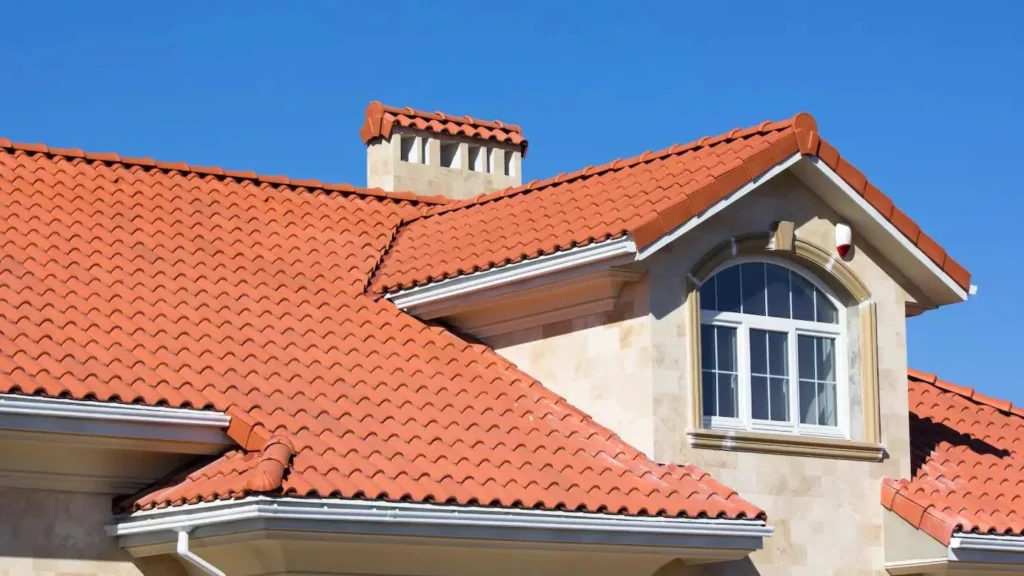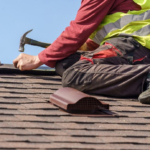
5 Ways to Upgrade Your Roof for Maximum Protection
In today’s unpredictable world, protection is more than just a buzzword. It’s a necessity. Our home is our castle, our sanctuary. And the roof? It’s the shield that guards us against the elements, be it rain, snow, hail, or even the blazing sun. So, when we talk about maximizing protection for our homes, enhancing the durability and strength of our roofs should be a top priority. Not just from the natural threats but also from unforeseen disasters. Speaking of which, if you’re keen on preparing for emergencies, check out this survival plan that offers a comprehensive guide to navigating challenging situations. But back to the roof – let’s delve into five ways to upgrade your roof for top-notch protection.

Content
1. Materials Matter
The longevity and sturdiness of your roof largely depend on the material you choose. Slate, metal, and tile tend to last longer than asphalt or wood shingles. But remember, it’s not just about durability; think about the climatic conditions of your area. For example, metal roofing is excellent in areas prone to wildfires.
2. Regular Inspections
Just as you’d regularly check the plumbing or electrical systems in your home, your roof requires the same attention. Regular inspections can catch issues like leaks, moss growth, or damaged shingles early on. And if you’re worried about how to decode the intricacies of roof damages and their signs, this article offers a comprehensive guide.
3. Proper Insulation and Ventilation
Heat rises, and if your roof isn’t adequately insulated, that heat might just be escaping, hiking up your energy bills. On top of that, proper ventilation ensures that moisture doesn’t accumulate in the attic, which can lead to mold growth and weakened roof structure. To put things into perspective, think about the balance between drinking water and ensuring it doesn’t cause damage. Speaking of which, these digital apps could be of help to track and improve your water usage.
4. Upgrade the Underlayment
Underlayment is a protective layer beneath the main roofing material. It’s a secondary barrier against moisture and leaks. Investing in a high-quality underlayment can provide that added layer of protection against harsh weather conditions.
5. Gutter Maintenance
Gutters might seem secondary when thinking about roof protection, but they play a pivotal role. They ensure that water moves away from your roof and doesn’t accumulate. Clean them regularly to avoid blockages and potential water damage.
In conclusion, your roof isn’t just another part of your house. It’s the protective barrier that stands between you and the unpredictable forces of nature. So, investing time and resources into maintaining and upgrading it is not just wise, but essential. Whether you’re thinking of longevity, protection, or even overall home value, a sturdy roof goes a long way. Stay safe, and remember – preparation is the key to survival.
The Role of Roof Color in Energy Efficiency
While many homeowners choose roof colors based on aesthetic appeal, there’s a more practical aspect to consider: energy efficiency. Light-colored roofs, particularly in shades of white or light gray, can reflect a significant portion of the sun’s rays, reducing the amount of heat that enters your home. In contrast, dark-colored roofs tend to absorb and retain heat, which might be beneficial in colder regions. By selecting a roof color in alignment with your region’s climate, you can optimize energy consumption, reduce HVAC costs, and improve indoor comfort.
Addressing the Flora: The Impact of Moss and Algae
Nature has a charming way of reclaiming spaces, but when moss and algae start to grow on your roof, it’s more than just an aesthetic issue. Moss can retain moisture, leading to roof deterioration, while algae, especially the black streaks, can strip the granules off your shingles. To keep your roof in top condition, it’s crucial to regularly check for these green invaders. Simple measures like ensuring your roof remains debris-free and trimming tree branches to allow more sunlight can deter the growth of moss and algae. If they’ve already made a home on your roof, consider seeking professional cleaning services that use eco-friendly methods to rid your roof of these unwelcome guests without causing harm.
Architectural Design: The Silent Guardian
It might not be the first thing that comes to mind when thinking about roof protection, but the architectural design of your home plays a significant role in roof longevity. Sloped roofs, for instance, ensure that water doesn’t accumulate, directing it to the gutters. Overhangs provide shade, reducing UV damage to the sides of the house and the roof. Dormers, although aesthetically pleasing, can be potential spots for leaks if not adequately sealed. Understanding these architectural nuances and ensuring that they’re designed and maintained with protection in mind can enhance the durability and efficiency of your roof.

My name is Wilson Michel. I post about home improvement ideas and how to make your home look beautiful and liveable. I hope my posts will help you with your DIY projects!




